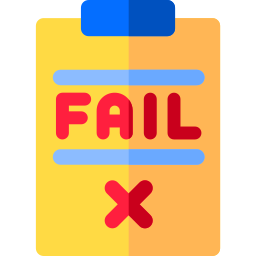
print(’Hello World!’) is all very well but it doesn’t help physics students solve the Schrödinger equation. Join us for our next journal club meeting on Monday 13th June at 2pm BST where we’ll be discussing a paper by Lloyd Cawthorne from the Department of Physics and Astronomy on teaching programming to undergraduate Physics students. From the abstract:
Computer programming is a key component of any physical science or engineering degree and is a skill sought by employers. Coding can be very appealing to these students as it is logical and another setting where they can solve problems. However, many students can often be reluctant to engage with the material as it might not interest them or they might not see how it applies to their wider study. Here, I present lessons I have learned and recommendations to increase participation in programming courses for students majoring in the physical sciences or engineering. The discussion and examples are taken from my second-year core undergraduate physics module, Introduction to Programming for Physicists, taught at The University of Manchester, UK. Teaching this course, I have developed successful solutions that can be applied to undergraduate STEM courses.
Lloyds slides from the presentation are here
All welcome, physicists, non-physicists, programmers and non-programmers alike. As usual we’ll be meeting on zoom, details are in the slack channel sigcse.cs.manchester.ac.uk/join-us.
References
- Lloyd Cawthorne (2021) Invited viewpoint: teaching programming to students in physical sciences and engineering, Journal of Materials Science 56, pages 16183–16194 DOI:10.1007/s10853-021-06368-1
